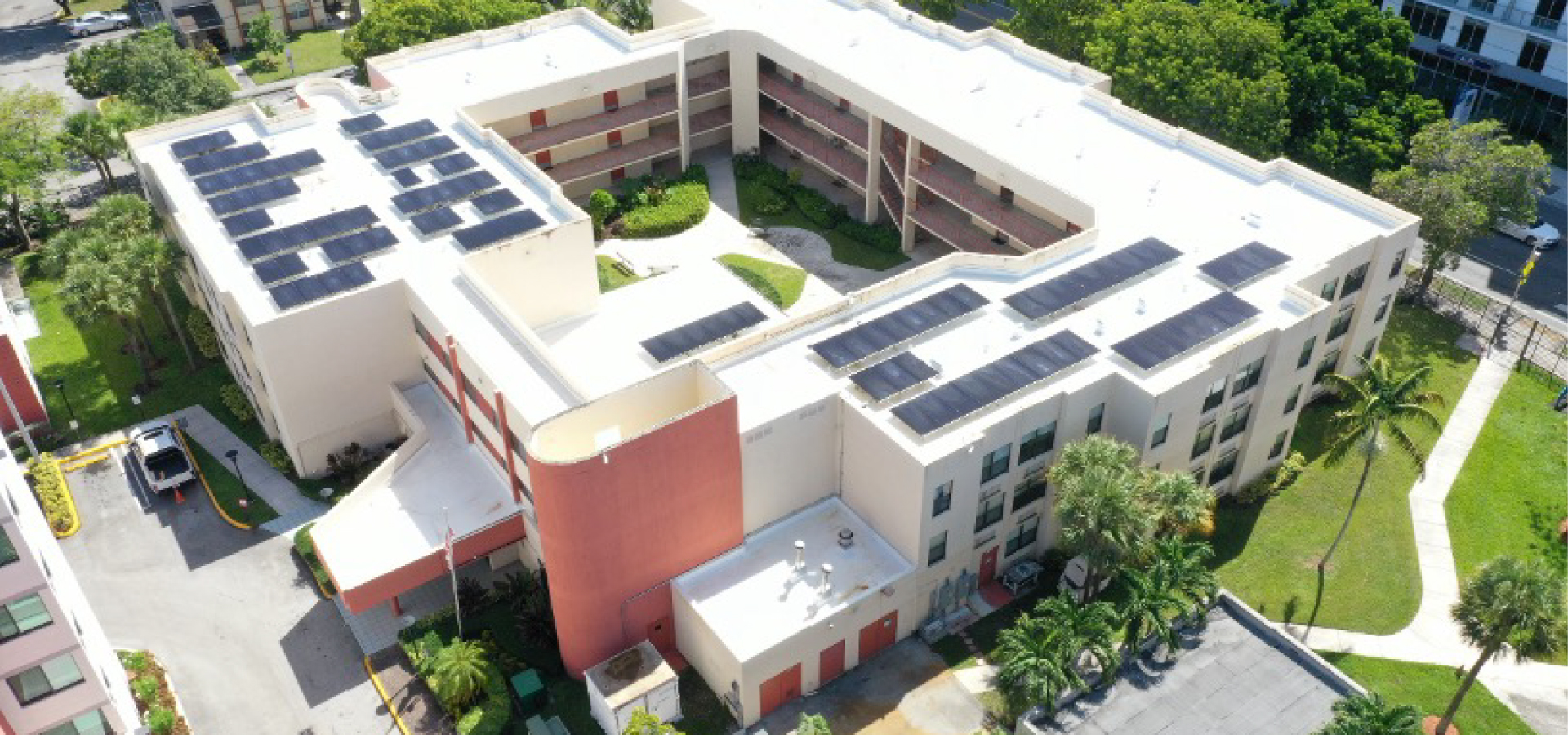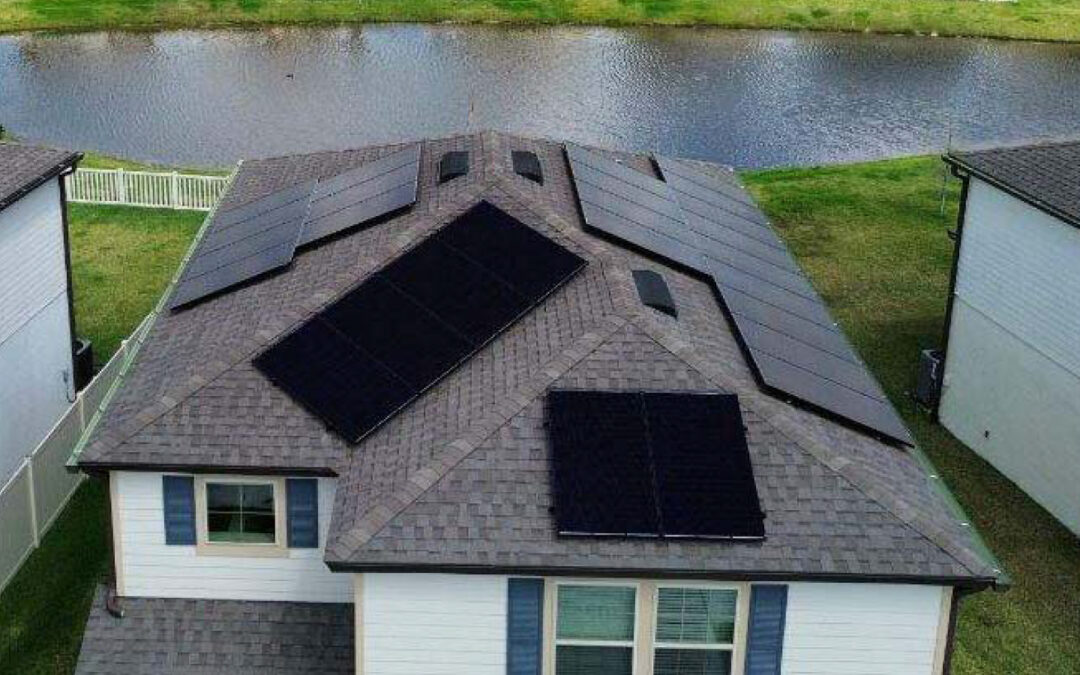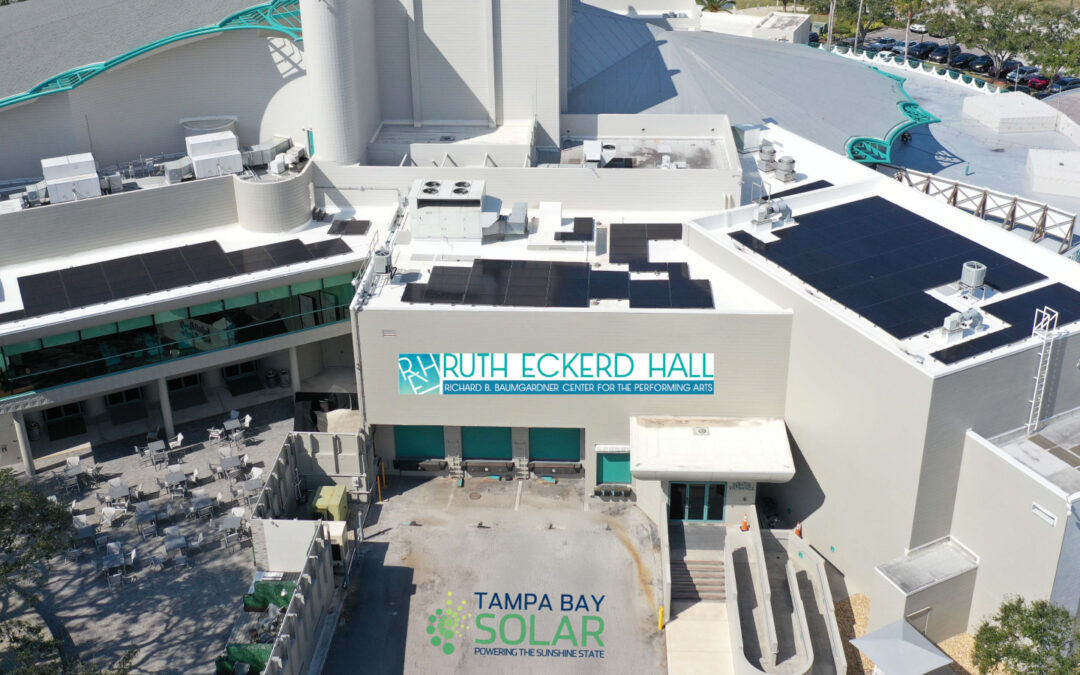Tourism is growing rapidly, but it also contributes to increased carbon emissions and environmental harm. A Solar Magazine report states that the use of renewable energy in tourism is growing by approximately 15% annually, as more hotels, resorts, and attractions transition to solar power to achieve sustainability and meet travelers’ eco-friendly expectations. This article examines how solar power is transforming tourism in hotels, transportation, attractions, and communities, while also driving future innovations to create a greener industry.
Solar-powered hotels and resorts
Hotels and resorts are among the largest energy consumers in the tourism industry. A report by Solar Magazine highlights that properties installing rooftop solar panels can lower operating costs and cut greenhouse gas emissions. It also notes that eco-certified hotels have grown by 35% in the last five years, and more travelers now prefer stays that use clean energy, making solar a wise investment.
Solar transport and off-grid travel
Tourist destinations are incorporating solar-powered electric shuttles, e-bikes, and even boats, thereby reducing the need for fuel-based transportation. According to the report, solar-powered gear, including tents, chargers, and lamps, is gaining popularity among adventure travelers, enabling people to explore remote areas without relying on polluting generators.
Solar attractions and smart visitor centers
Parks, museums, and adventure attractions are adopting solar-powered lighting, displays, and microgrids to stay operational even in remote areas. Many reports suggest that intelligent energy systems are helping these sites reduce costs while delivering better visitor experiences. This makes tourism more resilient, particularly in areas prone to power outages or extreme weather conditions.
New solar tech changing tourism
According to a report by the U.S. National Renewable Energy Laboratory (NREL), new technologies such as high-efficiency panels, advanced energy storage, floating solar farms, and solar-integrated architecture are expected to become increasingly common in the coming years. NREL also highlights agrivoltaics, using land for both farming and solar power, as a promising concept for eco-tourism, where food production and renewable energy can coexist.
Economic benefits for communities
Solar tourism not only helps the environment but also creates jobs in installation, maintenance, and operations. Sustainable tourism destinations often experience higher occupancy rates and increased spending from eco-conscious travelers, thereby boosting local economies while preserving natural resources.
Why are more destinations switching to solar
While upfront installation costs can be a challenge, new financing models, such as government incentives and pay-as-you-go systems, are making it easier for tourism businesses to adopt solar power. A report by eHotelier magazine states that hotels and resorts utilizing solar power save money over time and attract more loyal guests by promoting sustainability.
How solar power is shaping the future of sustainable tourism
Solar power helps hotels and attractions save money, cut emissions, and create jobs. It also offers greener travel options and attracts eco-conscious visitors. Tampa Bay Solar supports this change by building cleaner, sustainable tourism.
Our Service Areas
Hillsborough County: Tampa, Brandon, Riverview, Valrico, Plant City, Apollo Beach, Sun City Center
Pinellas County: St. Petersburg, Clearwater, Largo, Pinellas Park, Dunedin, Tarpon Springs, Seminole
Manatee County: Bradenton, Palmetto, Lakewood Ranch, Ellenton, Holmes Beach
Sarasota County: Sarasota, Venice, North Port, Osprey, Nokomis, Englewood
Pasco County: Wesley Chapel, New Port Richey, Zephyrhills, Dade City, Land O’ Lakes, Hudson





